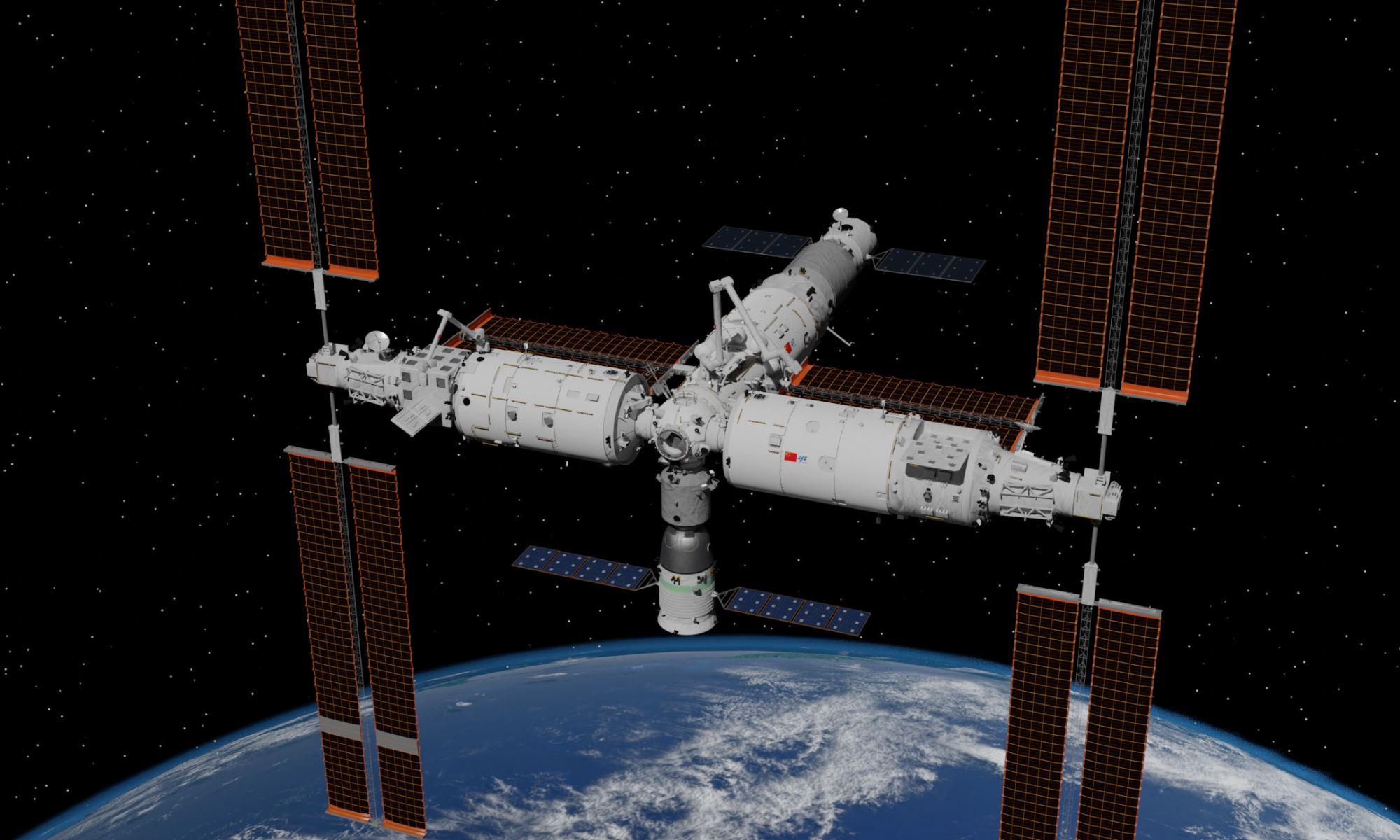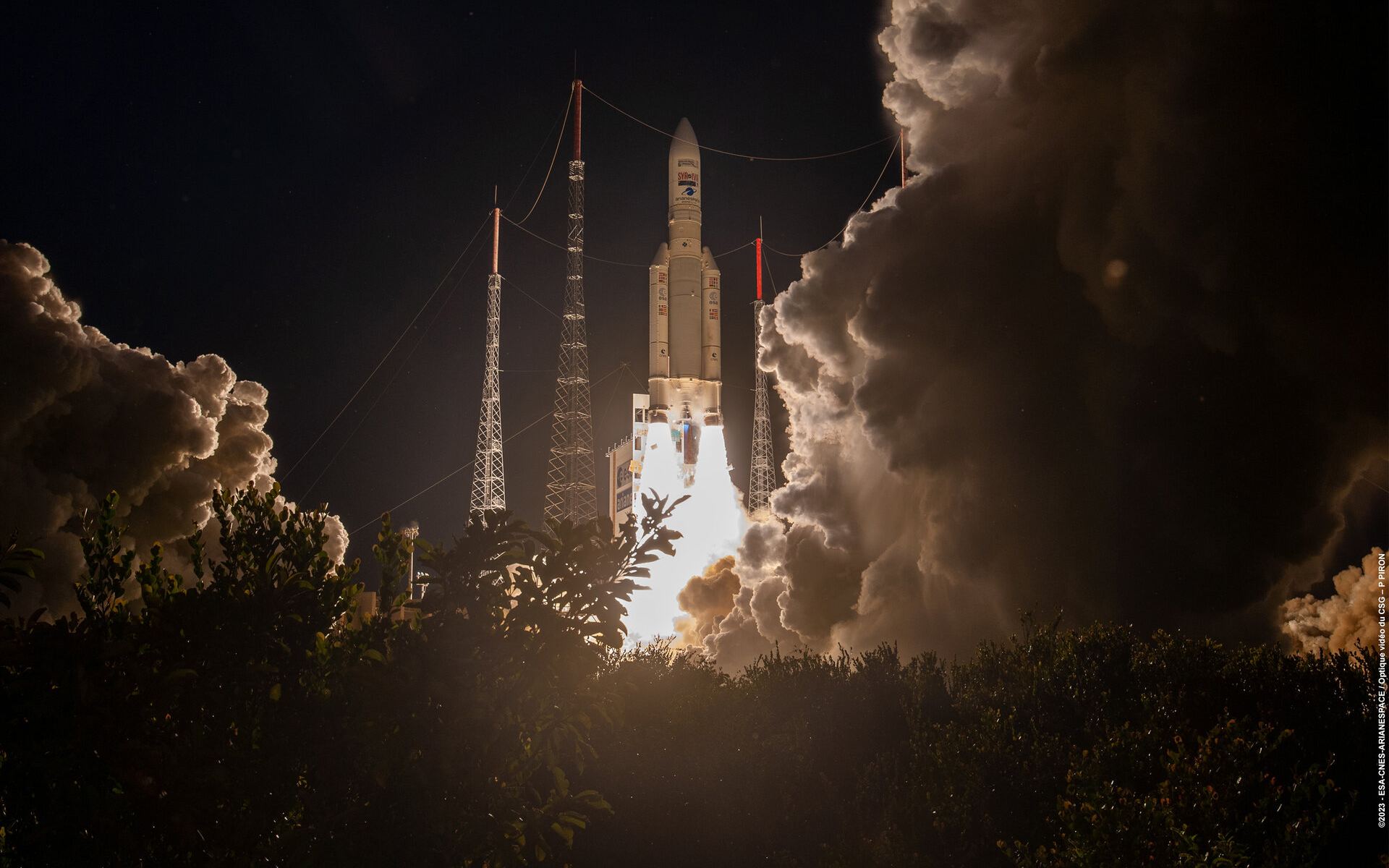The International Space Station (ISS) has been continuously orbiting Earth for more than 25 years and has been visited by over 270 astronauts, cosmonauts, and commercial astronauts. In January 2031, a special spacecraft designed by SpaceX – aka. The U.S. Deorbit Vehicle – will lower the station’s orbit until it enters our atmosphere and lands in the South Pacific. On July 17th, NASA held a live press conference where it released details about the process, including a first glance at the modified SpaceX Dragon responsible for deorbiting the ISS.
Continue reading “SpaceX Reveals the Beefed-Up Dragon That Will De-Orbit the ISS”Dune-Inspired Stillsuits Could Allow Astronauts to Recycle Their Urine Into Water
If history has taught us one thing, it is that science fiction often gives way to science fact. Consider the Star Trek communicator and the rise of flip phones in the late 1990s and early 2000s, or how 2001: A Space Odyssey predicted orbiting space stations and reusable space planes – like the International Space Station (ISS) and the Space Shuttle. And who can forget Jules Verne’s classic, From the Earth to the Moon, and how it anticipated that humans would one day walk on the Moon? Almost a century later, this dream would be realized with the Apollo Program.
The latest comes from Cornell University, where a team of researchers has developed a novel in-suit urine collection and filtration system inspired by the suits the Fremen wore in Frank Herbert’s Dune. Once integrated into NASA’s standard spacesuit—the Extravehicular Mobility Unit (EMU)—this system has the potential to provide astronauts with additional water while reducing the risk of hygiene-related medical events. In short, the stillsuit technology has the potential to enable longer-duration missions on the surface of the Moon, Mars, and orbit.
Continue reading “Dune-Inspired Stillsuits Could Allow Astronauts to Recycle Their Urine Into Water”The Space Station Now Has Blisteringly Fast Internet

NASA’s Space Communications and Navigation programme (SCaN) has demonstrated the first two way end-to-end laser relay system, deployed through an innovative network. To test SCaN, they sent data to the International Space Station at the impressive speed of 1.2 gigabits per second. Using bandwidth that would normally be reserved for more important communications, the chosen message for the test was a set of adorable images and videos featuring the pets of NASA astronauts and staffers.
Continue reading “The Space Station Now Has Blisteringly Fast Internet”Can We Survive in Space? It Might Depend on How Our Gut Microbiome Adapts
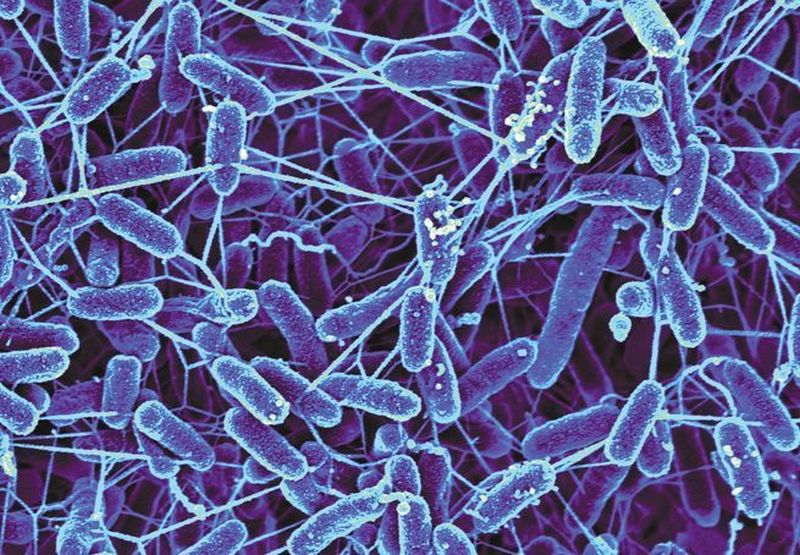
For over a century, people have dreamed of the day when humanity (as a species) would venture into space. In recent decades, that dream has moved much closer to realization, thanks to the rise of the commercial space industry (NewSpace), renewed interest in space exploration, and long-term plans to establish habitats in Low Earth Orbit (LEO), on the lunar surface, and Mars. Based on the progression, it is clear that going to space exploration will not be reserved for astronauts and government space agencies for much longer.
But before the “Great Migration” can begin, there are a lot of questions that need to be addressed. Namely, how will prolonged exposure to microgravity and space radiation affect human health? These include the well-studied aspects of muscle and bone density loss and how time in space can impact our organ function and cardiovascular and psychological health. In a recent study, an international team of scientists considered an often-overlooked aspect of human health: our microbiome. In short, how will time in space affect our gut bacteria, which is crucial to our well-being?
Continue reading “Can We Survive in Space? It Might Depend on How Our Gut Microbiome Adapts”NASA 2024 NIAC Program Selects Deep-Space Hibernation Technology for Development
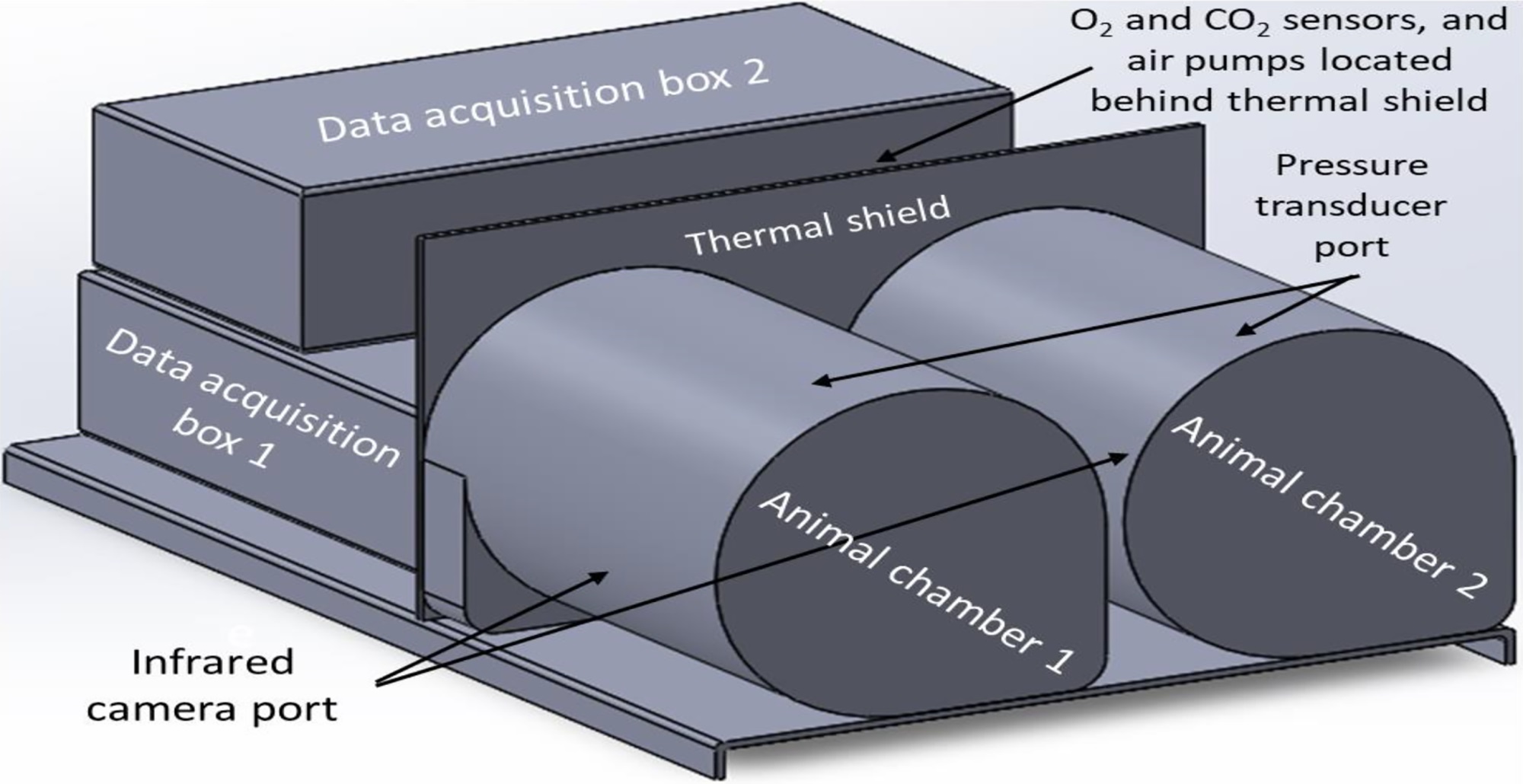
In the next fifteen years, NASA, China, and SpaceX will make the next great leap in space exploration by sending the first crewed missions to Mars. This presents many challenges, not the least of which is distance. Even when they are closest to each other in their orbits (aka. when Mars is in Opposition), Mars can still be up to 55 million km (34 million mi) from Earth. Using conventional propulsion (chemical rockets), a one-way transit can last six to nine months, which works out to a total mission time (including surface operations) of about three years.
That’s a very long time for people to be in microgravity, not to mention exposed to solar and cosmic radiation. To address this, NASA is investigating advanced propulsion methods that will reduce transit times and hibernation technologies that will allow crews to sleep through most of their voyage. This year, the NASA Innovative Advanced Concepts (NIAC) program selected the Studying Torpor in Animals for Space-health in Humans (STASH) experiment, a new method for inducing torpor developed by Ryan Sprenger and colleagues at the California-based biotechnology firm Fauna Bio Inc.
Continue reading “NASA 2024 NIAC Program Selects Deep-Space Hibernation Technology for Development”How Can Astronauts Maintain Their Bodies With Minimal Equipment?

Decades of research aboard the International Space Station (ISS) and other spacecraft in Low Earth Orbit (LEO) have shown that long-duration stays in microgravity will take a toll on human physiology. Among the most notable effects are muscle atrophy and bone density loss and effects on eyesight, blood flow, and cardiovascular health. However, as research like NASA’s Twin Study showed, the effects extend to organ function, psychological effects, and gene expression. Mitigating these effects is vital for future missions to the Moon, Mars, and other deep-space destinations.
To reduce the impact of microgravity, astronauts aboard the ISS rely on a strict regiment of resistance training, proper diet, and cardiovascular exercise to engage their muscles, bones, and other connective tissues that comprise their musculoskeletal systems. Unfortunately, the machines aboard the ISS are too large and heavy to bring aboard spacecraft for long-duration spaceflights, where space and mass requirements are limited. To address this, NASA is investigating whether exercise regimens that rely on minimal or no equipment could provide adequate physical activity.
Continue reading “How Can Astronauts Maintain Their Bodies With Minimal Equipment?”China is Planning to Double the Size of its Space Station
The International Space Station (ISS) will be retired in 2030 after more than thirty-two years of continuous service. Naturally, there are questions regarding what will replace this station, which has served as a bastion for vital research and inter-agency cooperation in space. In the past, China has indicated that their Tiangong (“heavenly palace”) space station will be a successor and rival to the ISS, offering astronauts from other nations an alternative platform to conduct research in Low Earth Orbit (LEO). As part of this plan, China recently announced plans to double the size of Tiangong in the coming years.
Continue reading “China is Planning to Double the Size of its Space Station”The Space Station is Getting Gigabit Internet
Aboard the International Space Station (ISS), astronauts and cosmonauts from many nations are performing vital research that will allow humans to live and work in space. For more than 20 years, the ISS has been a unique platform for conducting microgravity, biology, agriculture, and communications experiments. This includes the ISS broadband internet service, which transmits information at a rate of 600 megabits per second (Mbps) – ten times the global average for internet speeds!
In 2021, NASA’s Space Communications and Navigation (SCaN) began integrating a technology demonstrator aboard the ISS that will test optical (laser) communications and data transfer. This system currently consists of Laser Communications Relay Demonstration (LCRD) and will soon be upgraded with the addition of the Integrated LCRD Low Earth Orbit User Modem and Amplifier Terminal (ILLUMA-T). Once complete, this system will be the first two-way, end-to-end laser relay system, giving the ISS a gigabit internet connection!
Continue reading “The Space Station is Getting Gigabit Internet”Russia's Luna 25 Lander Crashed Into the Moon
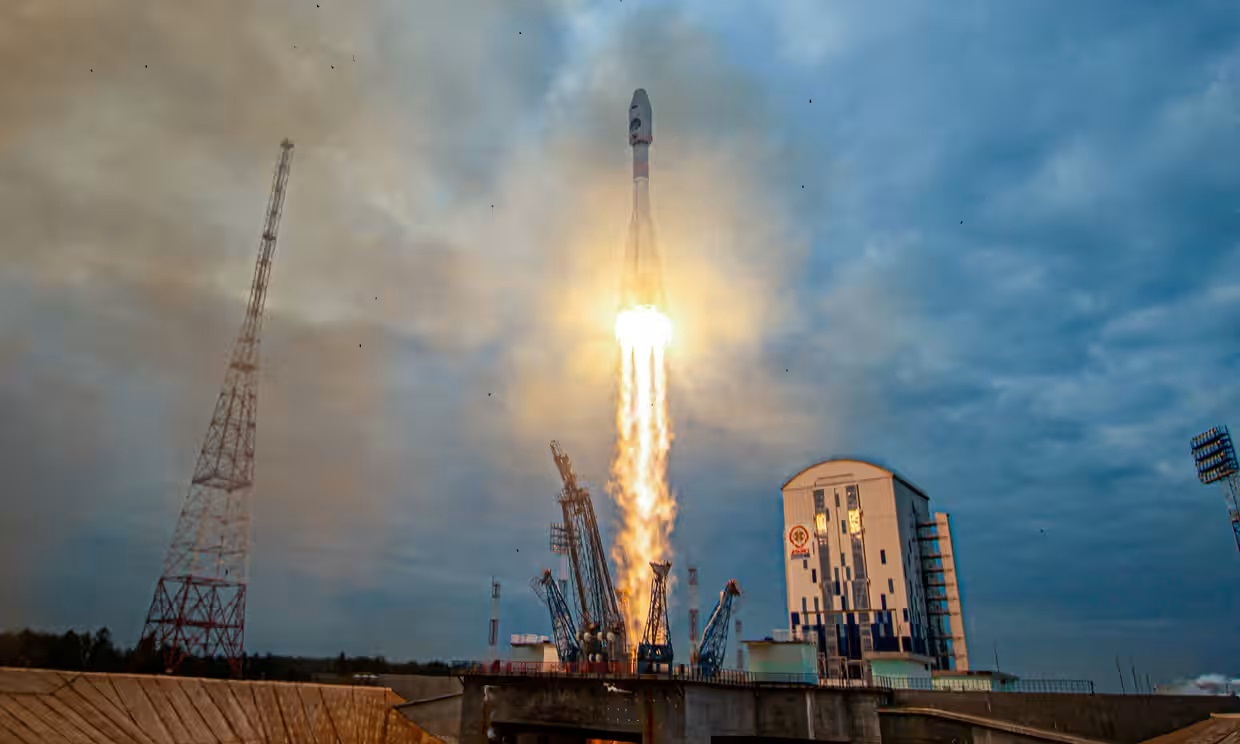
On August 10th, 2023, Roscosmos’ Luna-25 mission launched from the Vostochny Cosmodrome atop a Soyuz-2 rocket. This mission was the first lunar mission to launch from Russia since the 1970s and would be the first Russian lander to touch down in the South-Pole Aitken basin. This mission was part of Roscosmos’ partnership with China to develop an International Lunar Research Station (ILRS) in the region by 2030. Unfortunately, Russia announced on Saturday, August 19th, that the lander spun out of control and crashed into the surface.
Continue reading “Russia's Luna 25 Lander Crashed Into the Moon”The Final Flight of Ariane 5 Means That Europe is Out of Rockets
The Ariane 5 rocket, developed by Arianespace for the European Space Agency (ESA), has had a good run! The rocket series made its debut in 1996 and has been the workhorse of the ESA for decades, performing a total of 117 launches from Europe’s Spaceport in French Guiana. The many payloads it has sent to space include resupply missions to the International Space Station (ISS), the BepiColombo probe, the comet-chasing Rosetta spacecraft, the James Webb Space Telescope (JWST), the JUpiter ICy moons Explorer (JUICE), and countless communication and science satellites.
Alas, all good things must come to an end. In 2020, Arianespace and the ESA signed contracts for the rocket’s last eight launches before the Ariane 6 (a heavier two-stage launcher) would succeed it. The Ariane 5‘s final flight (VA261) lifted off from Europe’s Spaceport at 06:00 PM EST (03:00 PM PST) on July 5th, 2023, and placed two payloads into their planned geostationary transfer orbits (GTO) about 33 minutes later. On the downside, this means that the ESA is effectively out of launch vehicles until the Ariane 6 makes its debut next year.
Continue reading “The Final Flight of Ariane 5 Means That Europe is Out of Rockets”


